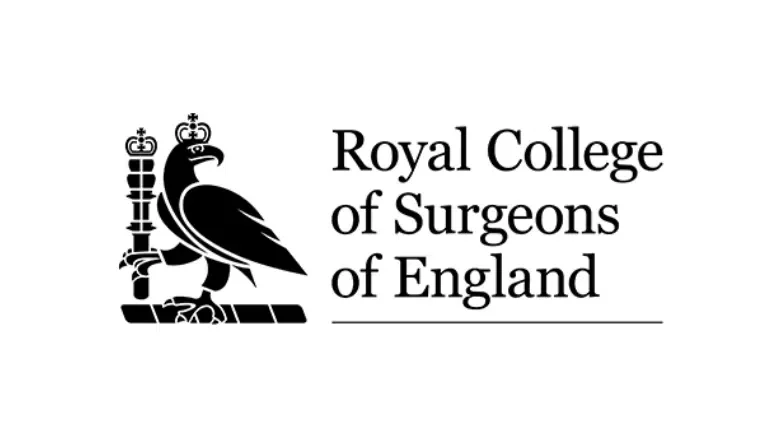In the first instalment of a two-part series, our expert plastic surgeons at Centre for Surgery in London delve into the current popular term in facial rejuvenation surgery: the deep plane facelift. This article aims to demystify the core principles of facial anatomy, trace the development of facelift techniques from their inception at the dawn of the 20th century, and highlight the crucial role of the plastic surgeon’s expertise in achieving the best possible outcomes.
The concept of facial rejuvenation has evolved significantly over the years, reflecting advancements in medical knowledge and surgical skills. As we navigate through the history and progression of facelift techniques, it’s evident that the journey from the earliest methods to the latest innovations, such as the deep plane facelift, represents a quest for more refined, lasting, and natural-looking results.
RELATED: Benefits of a Deep Plane Facelift
The emergence of the deep plane facelift as a conversation topic among professionals and the public has reignited debates over the efficacy and superiority of different facelift techniques. Such discussions are not new to our clinic; they echo debates that have persisted since we began offering facelift surgeries. The advent of social media and modern marketing strategies in recent years has only intensified this discourse, providing a platform for various techniques to be promoted as the “latest and greatest” in a competitive landscape.
However, amid the whirlwind of social media trends and marketing hype surrounding the deep plane facelift, it’s crucial to approach the subject with a balanced perspective. This technique, while being presented as a breakthrough, is part of a long-standing tradition of surgical innovation aimed at enhancing facial aesthetics. By examining the deep plane facelift within the broader context of facial rejuvenation surgery, we can appreciate its role in the continuum of surgical advancements designed to offer individuals the most effective solutions for their aesthetic concerns.
Understanding Facial Anatomy and the Ageing Process: A Deep Dive
To truly grasp the complexities of facial rejuvenation and the ageing process, it’s essential to begin with a thorough understanding of facial anatomy. The human face, a marvel of biological engineering, is composed of multiple layers of tissue, each playing a pivotal role in its appearance and functionality.
RELATED: What are the signs of ageing in the face over time?
At the very surface, we encounter the skin, a remarkable organ in its own right, which acts as a protective barrier and reflects many of the visible signs of ageing. Directly beneath the skin lies a layer of fatty tissue, which varies in thickness across different regions of the face. This layer is not just a passive deposit of fat; it’s instrumental in giving the face its contour and fullness, which can diminish with age.
Beneath the fat layer, we find a crucial component in the structural integrity of the facial tissues: the Superficial Muscular Aponeurotic System, or SMAS for short. This relatively thin but robust layer of muscle extends across the face and into the neck, transitioning into what is known as the platysma muscle. The SMAS plays a key role in facial expressions and the overall youthful appearance of the skin.
A network of fibrous septae, akin to a series of minute ropes, connects the skin to the SMAS. These structures weave through the fatty layer, anchoring the skin to the underlying SMAS. This connection is vital for transmitting facial movements from the muscles to the skin, allowing us to express a wide range of emotions.
Beneath the surface of the SMAS lies a complex network comprising nerves, arteries, veins, and glands, along with numerous specific facial muscles responsible for both the subtle and pronounced movements that convey our emotions and reactions. This intricate web of structures ensures our facial expressions are nuanced and dynamic, playing a critical role in non-verbal communication.
The facial skeleton, the bony framework that provides structure and shape to the face, supports all these layers. Changes in the bony structure with age can influence the overall appearance of the face, contributing to the ageing process.
As we age, each of these layers undergoes changes. The skin loses elasticity and begins to sag, the fatty layer may diminish or become redistributed, leading to changes in facial volume, and the SMAS and other connective tissues can lose their tightness and resilience. These changes, combined with alterations in the facial skeleton, contribute to the visible signs of ageing.
RELATED: SMAS Facelift vs Deep Plane Facelift













